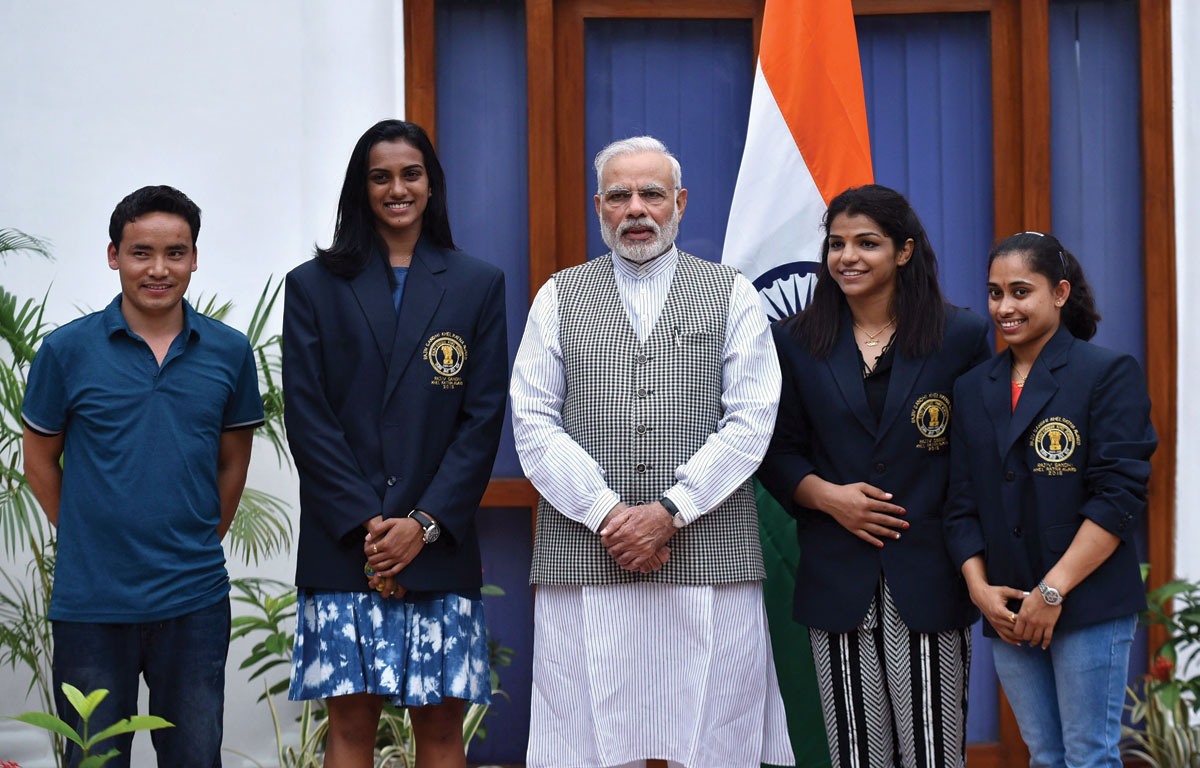WOMEN POWER SAVES INDIA AT RIO
Prime Minister Narendra Modi poses with Olympic medal winners, “Khel Ratna” awardees in New Delhi, Aug. 28. The players are silver medalist shuttler P.V. Sindhu (2nd from l), bronze medal winning wrestler Sakshi Malik (2nd from r), gymnast Dipa Karmakar (r) and ace shooter Jitu Rai. (Press Trust of India)
Girl athletes saved the day for India even when its 113 person strong sports contingent failed to win any medals at the recently held Rio de Janeiro Olympics, undoubtedly the world’s most extravagant sports show. Hailing from various nooks and corners of the country, where “beti-bachao” (save girl child) are being promoted through public and private advertisements to reverse the sex ratio badly tilted against the girl child, the quartet of P.V. Sindhu, Sakshi Malik, Dipa Karmakar and Lalita Babar represented confident faces of an emerging, vibrant nation, writes Priyanka Bhardwaj. – @Siliconeer #Siliconeer #SakshiMalik #PVSindhu #2016RioOlympics #TeamIndia #IndiaRioOlympics #IndianWomenPowerinRio #LalitaBabar
United by a singular love for their sport and country, perseverance and an unflinching dream to make it in their fields, each one was a unique spectacle to watch and admire as their march they etched their names in history.
Fully justifying the responsibility that wrested on their slender but tough shoulders, all of the four did not win a medal but for sure won millions of hearts.
The two ecstatic moments of—Sindhu shining bright receiving the badminton silver and Sakshi cutting the wrestling bronze with her teeth—will be Indian sports’ fondest memories for times to come.
And Dipa Karmakar with her death-defying Produnova vault demonstrated with breath taking perfection and Lalita Babar running the track in which India still boasts of decades-old stars, P.T. Usha and Milkha Singh were a spectacle to behold.
More fantastic is the fact that these girls’ dreams are not done as yet.

They are raring to go and grab the gold at the Tokyo 2020 Olympics.
Similarly unique is the struggle that each of them has been through.
Protege of the badminton world’s former All England champion (2001), Pullela Gopichand, Sindhu fought like a tigress giving a tough match to Spain’s Caroline Marin, already the reigning World No. 1.
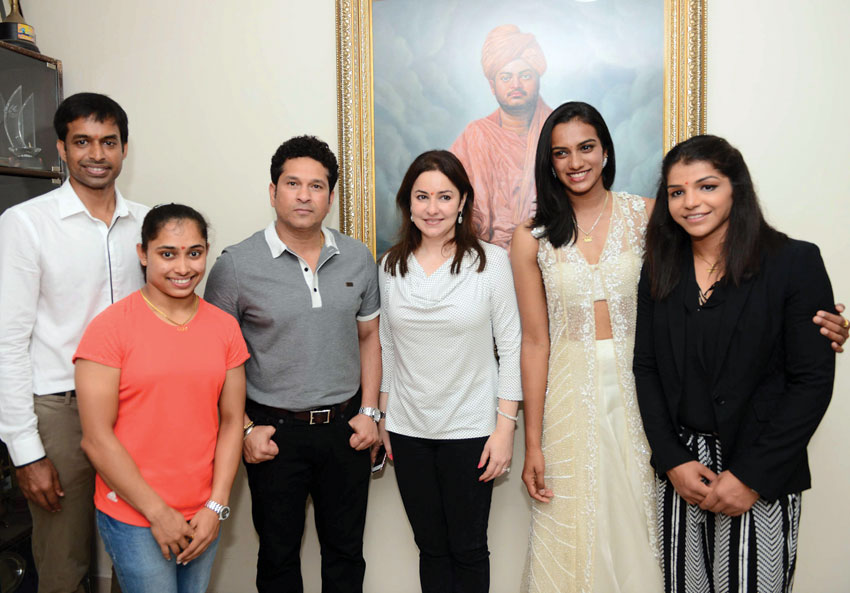
Encouraged and inspired by her coach and father, P.V. Ramana, an Arjuna awardee volleyball player, Sindhu honored their efforts by outshining through her sporting excellence.
In contrast Sakshi is another wonder girl who sought her inner reservoir of steely resolve to overcome every economic and social disability that came in her and her family’s way.
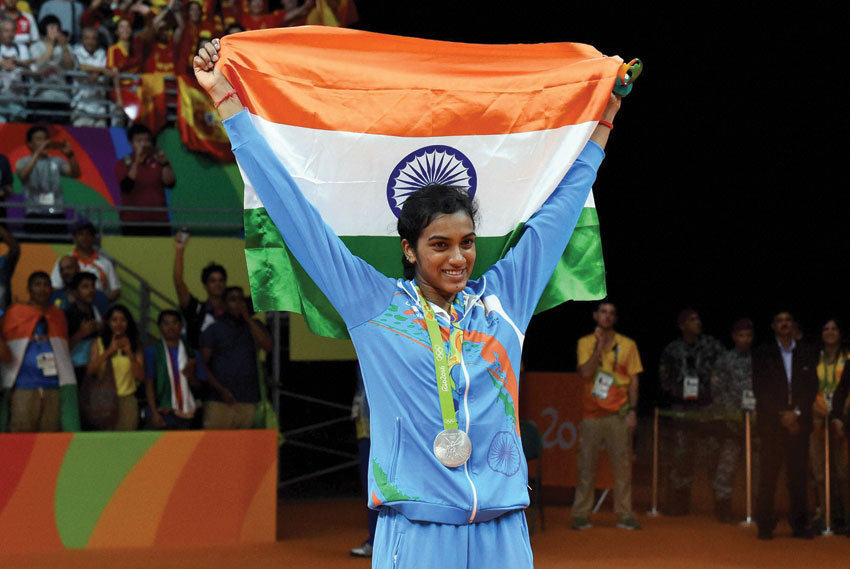
Her father is a mere bus conductor and mother an “anganwadi” (self help group of women) supervisor and they come from northern state Haryana, infamous for female feticide and the rigid social boundaries imposed on women.
Despite witnessing another and more promising medal contender, Vinesh Phogat who lay wreathing due to her knee injury a few minutes before her bout, and trailing in all three bouts Sakshi managed to climb the podium by a whisker.
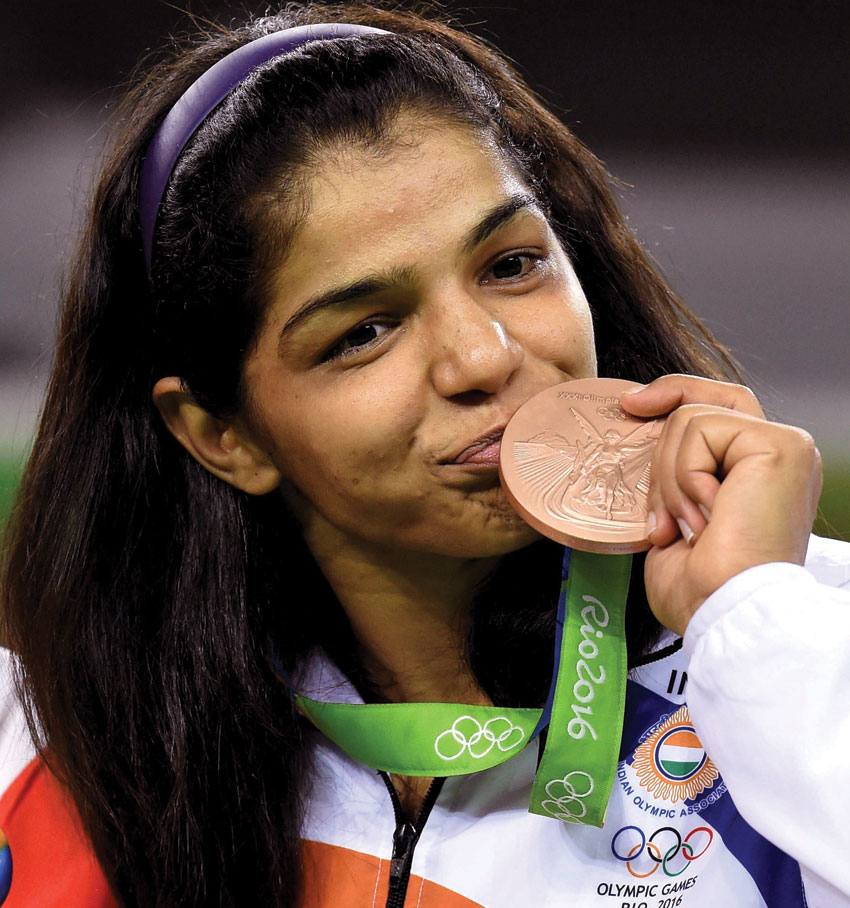
As they say nothing follows like success her Rohtak village that passed unsavory taunts of ruining her prospects by her wrestler-physique cannot stop thumping its chest to welcome her home with gifts, flowers, rewards, accolades and rallies post Sakshi’s Olympic tryst.
Dipa Karmakar is another name that has come to symbolize self-belief.
A target oriented sportswoman, she may have suffered the pang of not being able to win any medal but the entire nation stood tall as her feats awed one and all, including American gold winner, Simone Biles who confessed that even she is not too confident of able to deliver a brilliant Produnova as essayed by Dipa.
Coming from the North Eastern state of Tripura that produces tea it must not have been easy for Dipa to take on to this gymnastics and cobble together her own equipment for the lack of any and compete in an individual sport that is dominated by the stars of Russia, America, China and other east European nations.
The fourth in the quartet, Lalita Babar’s was another demonstration of nerves of steel as she broke the national record and improved by 7 seconds from her best performance and attained the 10th rank in the 3000m steeplechase run at the Maracana stadium.
Her story is one of survival, coming from a family of farmers that lives in the drought-affected village of Maharashtra’s Satara district.
To take a brave call to join an unorthodox profession and remain self-motivated and ever zealous to work hard, improve their talents and finally earn a coveted berth in their chosen field in the face of all sorts of odds stacked against them – lack of funds, coaches, medical guidance, infrastructure, motivation, social support or even predecessors was an Olympic feat.
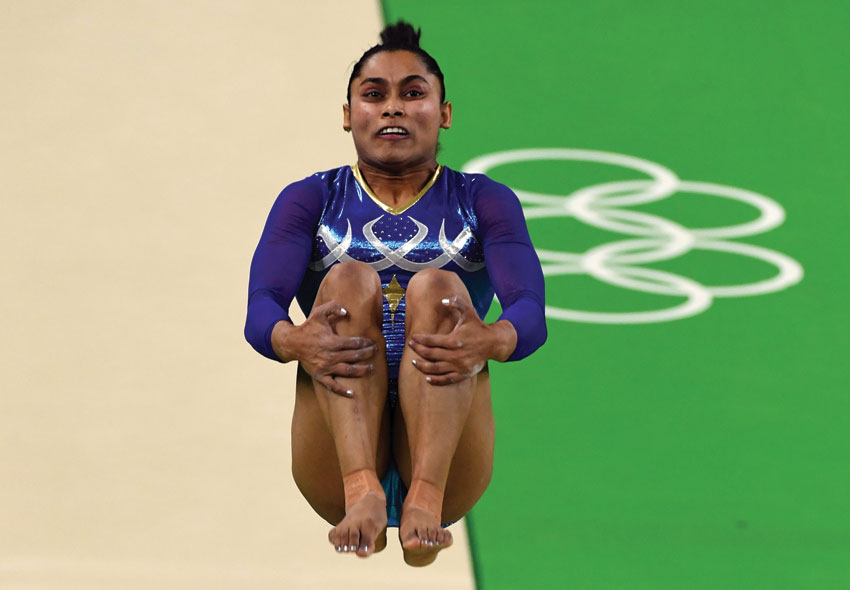
The euphoria thus generated by their achievements may have taught a lesson to many that girls are no less than the boys.
But if the government has learnt a lesson or two to not just shower the certified geniuses with medals, cash prizes and gifts but enable its population to become geniuses or reach a level of global competition is something to be watched.
It is not uncommon to find “unqualified” ministers, officials and an incompetent team accompanying the sportspersons, treating a sundry sports events as travel opportunities.
At Rio the country’s Sports Minister received a stern warning from the Brazilian authorities as his entourage sought undue privileges at the venue but the Minister quickly attributed to some “misunderstanding.”
With its 1.3 billion strong population, millions of crazy sports enthusiasts and fans, galloping economy and rising wealth, a huge administrative apparatus to manage sports and an aspiration to be have a place in the sun ideally India should have been a serious Olympic contender.
But the reality is far from this.
Replying to a query on twitter Abhinav Bindra, a rifle shooter and the country’s first individual gold, at the Beijing Games in 2008 said, “Each medal costs the £5.5 million. That’s the sort of investment needed. Let’s not expect much until we put systems in place at home.”
A body of former athletes and passionate sportspersons vested with financial and decision-making powers would be a step to start with that would look into design and implementation of plan for setting up infrastructure, involvement of children from school level, identifying talent in rural areas and those with better genetic makeup for sports, etc.
Till date, the nation can boast of just 26 Olympic medals of which one-fourth have come in London Olympics 2012, raising a new interest and hope in sports.
India’s truth is that many citizens still have not much of an idea of many sports other than cricket that is a national obsession.
Interest follows only when an Indian athlete charts a winning streak at the higher echelons of international competition.
Likewise, until the quartet girls salvaged India’s medal tally in the Rio Olympics there was a sinking feeling that 2016 would be the worst record of the country.
Women power in the sports field stated long back when Nilima Ghose and Mary D’Souza participated at the 1952 Helsinki Olympics.
In 1929, an Anglo Indian, Jenny Sandison from Bengal had played at Wimbledon and then in the 1934 Wimbledom another Anglo Indian, Leela Row went on to be the first Indian woman to win a match.
Interestingly, prior to Independence, hockey and basketball were what attracted most participation among Indian women, mostly hailing from European, Anglo Indian and Parsi communities.
With the passage of time and entrenchment of democratic aspirations women started looking towards playing for excellence and achievement in individual sports that were earlier assumed to be the preserve of the rich.
Perhaps it had something to do with the trend of realizing a wish and taking control of one’s own destiny that continues to transform India.
And girls have come to believe that they too can bring in their A-performance at the Olympic table!
